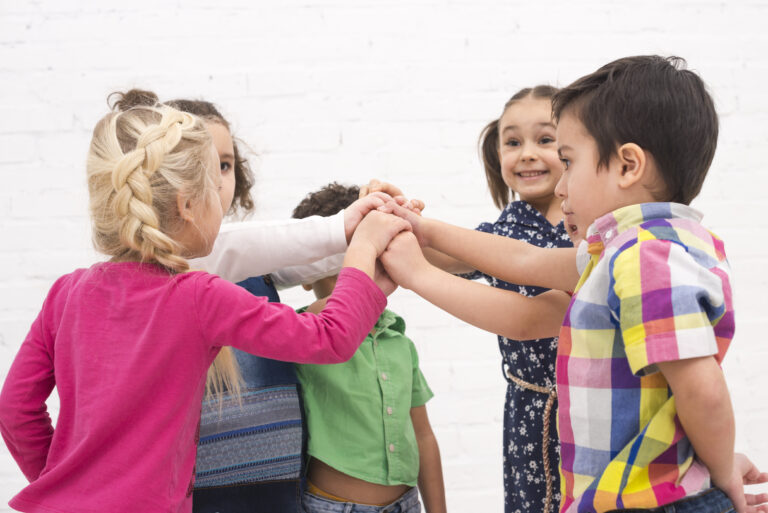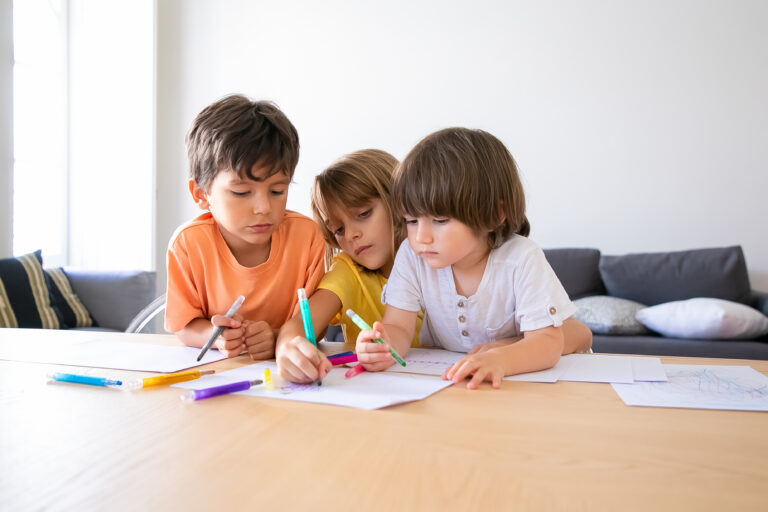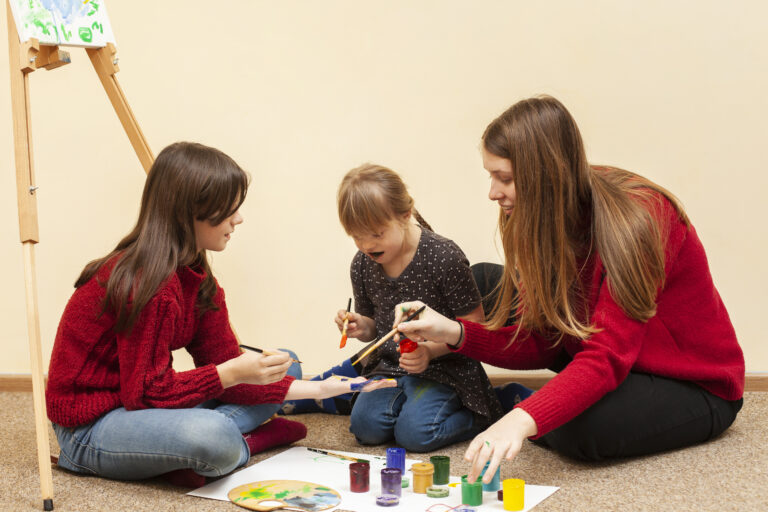The Role of Recreational Programming and Seasonal Camps in Supporting Autism Education
Every child deserves a place where they feel seen, supported, and inspired. For families of children with autism, finding programs that nurture growth through meaningful experiences can be both challenging and essential. While formal education lays important academic groundwork, learning does not pause when school is out. Instead, weekends, holidays, and long summer stretches provide a unique opportunity for holistic development, routine, joy, and community connection.
These in-between times are where recreational programming and seasonal camps shine. Far beyond simply filling time, these environments become vital bridges between school and home, carefully crafted to support the sensory, motor, social, and emotional needs of children on the autism spectrum. When done well, these programs offer routine, foster new friendships, encourage autonomy, and provide safe opportunities to thrive during school breaks and throughout the year. Designed with children with special needs in mind, they ensure every child feels included, supported, and empowered to grow.
The Need for Routine and Continuity
Why Routine Matters
The structure of the school year brings predictability: set schedules, lessons, and peer groups. For children with autism, who often rely on routines and can struggle with transitions, abrupt breaks in the academic schedule can be unsettling. Extended periods without purposeful engagement can lead to anxiety, boredom, and even regression in social or academic skills.
Recreational Programming as a Bridge
Specialized camps and programs step in to provide routines that echo the predictability of the school year. Visual schedules, planned transitions, and activities organized with reassuring rituals create a sense of security. This repetition is not simply about comfort; it’s the foundation that allows children to feel safe enough to try new things, take risks, and develop new skills.
Sensory-Motor Activities: The Heart of Programming
Understanding Sensory-Motor Needs
Sensory-motor integration describes how the brain processes information from the senses—touch, sound, movement, balance, sight—and coordinates it into action. Autistic children often experience differences in sensory perception, leading to either seeking or avoiding certain sensations.
Designing Enriching Sensory Experiences
Purposeful movement and sensory activities form the core of excellent camp programs for autism. Obstacle courses encourage climbing and jumping; art classes introduce new textures; music and movement games provide auditory and sensory variety; swimming offers whole-body engagement. These activities are intentionally woven throughout the camp day, helping children practice self-regulation, coordination, and confidence.
The Science Behind Sensory Integration
Research consistently highlights the benefits of sensory-motor activity for children with autism. Repeated exposure improves coordination, balance, motor planning, and self-regulation—directly supporting classroom readiness and daily functioning.
Fostering Social Growth and Community
Building Safe Social Spaces
Traditional social situations can be complex and intimidating for autistic children. Recreational camps intentionally foster inclusion through small peer groups, buddy systems, and structured group activities. Staff members are trained to support communication, mediate conflicts, and encourage every attempt at connection.
Social Skills Through Experience
Rather than focusing on explicit teaching, camps create organic opportunities for social learning: negotiating rules in a group game, sharing materials, or cheering for a teammate. These natural interactions lay the groundwork for true friendships and boost confidence.
The Ripple Effect of Community
Improvements in communication, relationship-building, and emotional regulation achieved in camp often extend beyond the program, as seen in higher school engagement and overall family well-being.
Growing Independence and Confidence
Encouraging Safe Risks
Camps provide a nurturing environment where children can try new things—whether it’s participating in sports, sleeping away from home, or performing in front of others. These “safe risks” gradually build resilience and self-trust, which carry over to classroom learning and everyday life.
Family Benefits
Respite for caregivers is another essential benefit. Parents can recharge knowing their children are engaged and supported by professionals. This refreshes the entire family system, enabling parents to be more effective for the challenges ahead.
Complementing Formal Education
Reinforcing and Extending School Learning
Recreational programs do not replace formal education; they enhance it. Skills practiced in the classroom—communication, self-care, and cooperation—are reinforced and expanded on in camp. Conversely, the independence and skills fostered at camp feed back into academic success.
Preventing Regression
Maintaining progress over school breaks is especially vital for children on the spectrum. Camps provide consistency so that gains made during the school year are not lost, but instead are built upon and deepened.
Program Design: Intentional, Adaptive, and Evidence-Based
Quality programs are driven by teams trained in autism-specific communication styles, sensory regulation, and emotional support. Activities are not one-size-fits-all; they’re tailored to respect each child’s needs and growth.
Modern camps might feature adaptive sports, animal-assisted therapy, virtual reality for sensory integration, or calming sensory rooms. These features are essential, ensuring every child can participate, belong, and be celebrated for who they are.
Involving Families and Building Long-Term Growth
Family involvement amplifies benefits. Workshops, family days, and observation sessions equip parents with practical tools and offer a sense of shared community. Research suggests that when families participate alongside their children, quality of life improves for all.
Long-term participation strengthens progress. Attending multiple sessions or years of camp leads to faster social growth, better motor skills, and deeper resilience. Consistency and continuity are central to lifelong success.
Looking Forward: The Essential Value of Recreation in Autism Education
Recreational programs and camps for autism are more than extracurriculars—they are crucial components of a balanced education. As awareness and research expand, communities must invest in and prioritize these opportunities to ensure well-rounded, joy-filled learning.
The lessons and memories made in camp echo through a child’s life, supporting inclusion, confidence, independence, and connection. These experiences transform downtime into periods of vibrant growth.
Conclusion: Empowering Every Child
Children with autism deserve more than accommodation; they deserve empowerment. Recreational programs and camps honor the whole child, creating space for structure, movement, community, and fun. Each activity, friendship, and accomplishment becomes a foundation stone for lifelong connection and achievement. These programs also foster social skills for kids with special needs, helping them build confidence, improve communication, and thrive in group settings.
In the journey of autism education, these programs are not mere supplements—they are bridges that ensure each child’s path is steady, joyful, and filled with possibility. The impact of a summer well spent doesn’t end when camp does—it continues to blossom, rippling through classrooms, families, and communities all year long.




